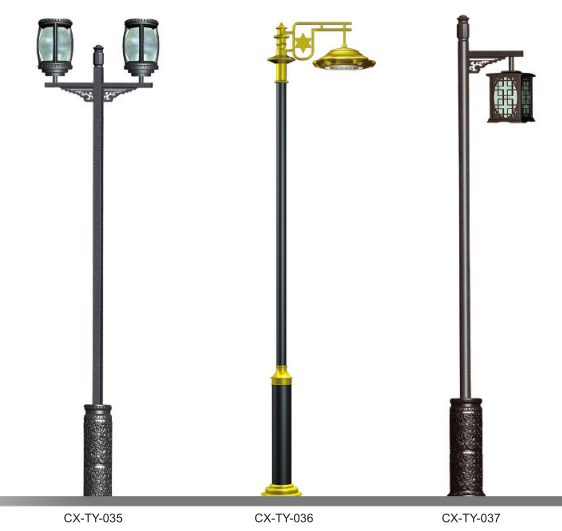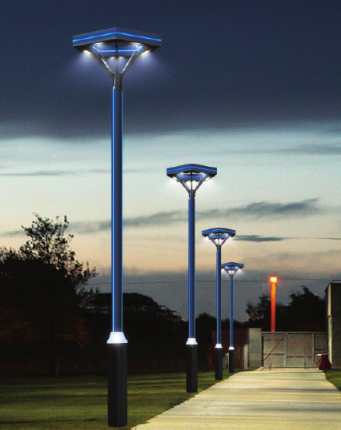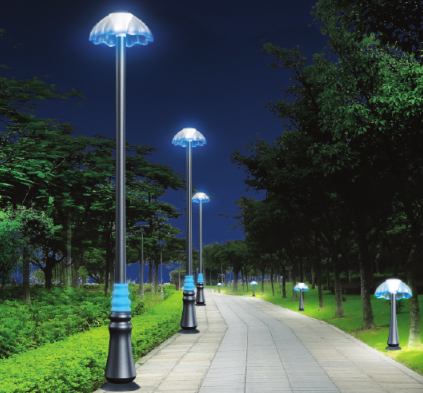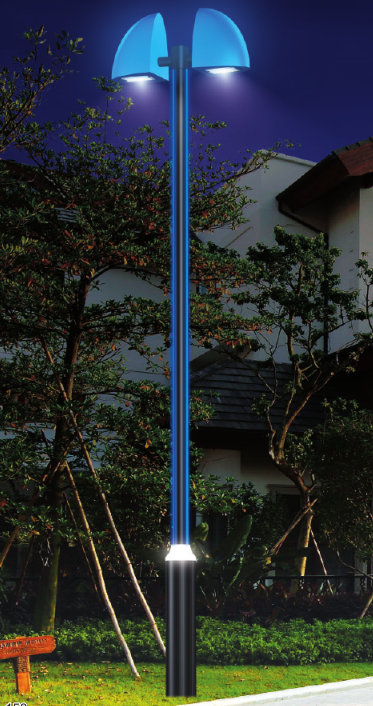The content of the material against the damage of the system material strength
Apparent detection Apparent detection can provide a macro view of the change of the sample under CO action, such as presence or absence of cracks, carbon deposition, and large area cracking. The appearance of the test specimen after the CO resistance test is shown. It can be seen that in the same test time, the extent of destruction of the sample by CO increases with the increase of Fe2O3 content; for the sample with the same Fe2O3 content, the destruction degree gradually increases with the extension of the test time.
The destructive effect of CO on the refractories is due to the catalytic effect of Fe and Fe3C, which are produced by the reduction of Fe2O3 in the material, on the CO decomposition reaction of 2CO=C+CO2. Therefore, under the same conditions, the higher the content of Fe2O3 in the sample, the greater the destruction of the sample. With the increase of deposition carbon, the sample structure becomes loose, which further promotes the carbon deposition reaction and exacerbates the destruction of the sample.
It can be seen that for the samples before the anti-CO test, as the content of Fe2O3 increases, the liquid phase produced during the 1350e5h firing process of the material increases, and the sintering degree of the material is better, so its normal temperature compressive strength slightly increases. High; After 10h of CO resistance test, the compressive strength of the 15 samples decreased by 2.5%, 9.3%, 20.5%, 24.9%, and 41.4%, respectively; after 40 hours, the compressive strength of the 15 samples decreased by 7.3%. 26.7%, 55.5%, 85.5%, and 93.4%. This indicates that a slight change in Fe2O3 content will cause a dramatic drop in the resistance of the material to CO damage.
It can be seen that the compressive strength of the sample decreases with the extension of the test time, and the decrease rate of the sample increases with the increase of Fe2O3 in the sample. At 100 hours of testing, the compressive strength of 1 sample decreased by 14.5%, while the compressive strength of 3 samples decreased by 72.7%. It can also be seen that the test results of the compressive strength of the sample are basically the same as the apparent test results. Therefore, this study believes that the change of the compressive strength of the sample after the CO resistance test can be used to quantitatively characterize the resistance to CO damage of the refractories. .
It can be seen that with the extension of the test time, the apparent porosity of the sample after the test decreases first and then increases. When CO reacts with the iron oxides in the sample, the density of iron oxides such as Fe3O4 produced at the initial stage of the reaction is different, the voids in the sample are partially filled, and the porosity of the sample is reduced; at the same time, the carbon deposition of the reaction is also reduced. Sample porosity. With the continuous increase of the amount of carbon deposition, cracks appear in the sample, and the apparent porosity is gradually increased.
The rate of change of the mass of the sample varies with the test time. It can be seen that with the extension of the test time, the change trend of the sample quality is reduced first and then increased. The change in mass of the sample is determined by the mass reduction caused by the reduction of iron oxides by oxygen reduction and the increase in mass caused by carbon deposition: At the beginning of the test, the former dominates and the mass of the sample decreases; with the progress of carbon deposition, The latter gradually takes the lead, and the total mass of the sample begins to increase. When the carbon deposition reaches a certain amount, the carbonization reaction of carbon develops, the carbon deposition and gasification reactions tend to balance, and the quality of the sample changes slowly.
Cross-polarized photographs of the samples before and after the CO resistance test. After 1350e5h heat treatment, the Fe2O3 in the spray material reacts with other components to form a low-melting substance, so iron oxide cannot be observed in the original sample (a). In sample (b) after 200 h of test, the low-melting phase in the aggregate and the bright white substance in the matrix were generated. The metal iron was confirmed by scanning electron microscopy and energy spectrum analysis. The oxide is partly reduced to metallic iron in the course of the CO destruction reaction, and it also indicates that the sample has been damaged by CO.
Garden Lamp is a kind of outdoor lighting lamps and lanterns, usually refers to the outdoor road lighting lamps and lanterns below 6 meters.The Garden Lamp is characterized by its diversity, beauty and decoration environment, so it is also called landscape courtyard lamp.Slow lane, narrow lanes and is mainly used in city residential areas, tourism scenic area, outdoor lighting, park, plaza and other public venues can prolong people's outdoor activities, improve the security of the property.

The Garden Lamp has many styles, each style has its own unique name.For example, Water,Moon,Diamonds,Lucky and UFO, these garden lights are not only elegant in name, but also artistic and elegant in appearance.
The Garden Lamp body is aluminium alloy profile is used for manufacturing, high strength, light pole electrostatic powder spraying process, anti graffiti proof, radiation stainless steel links, anti-corrosion ability, patent luminous light pole, the built-in LED light source, disassembling design is reasonable, easy to install and maintain, installation height is 3 to 5 meters.





Technical parameters
|
Chip |
CREE/SAMSUNG/PHLIPS |
|
Initial luminous flux |
≥90LM |
|
Color temperature |
3800-6000K |
|
Level of protection |
IP65 |
|
Power factor |
0.96 |
Garden Lamp,Garden Lamp Post,Garden Lamps Solar,Garden Lamp Post Solar
Jiangsu chengxu Electric Group Co., Ltd , https://www.chengxulightings.com